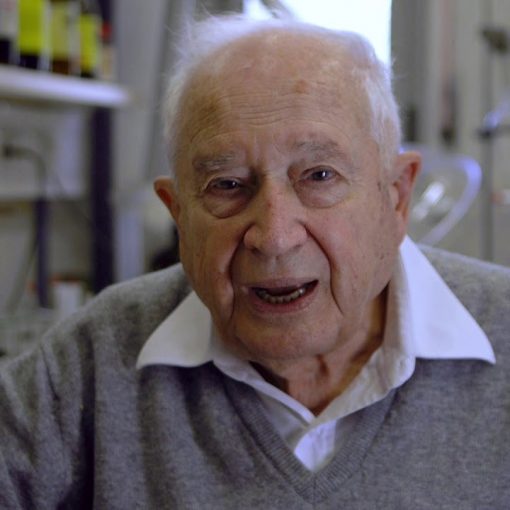Old people in Australia are breaking the law to use medical cannabis to relief their pains
A sixty-five-year-old woman named Julie has started to use medical cannabis to treat herself for pain. She never ever smoked a single joint before but she had a cancer and as a result she has neuropathy (nerve pain) in her feet and arthritis in her fingers. She began to use medical cannabis and her situation began to drastically improve. In fact, her pain has been 95 percent healed.
Julie began taking two drops of CBD extract a night with a low THC dose under her tongue in the morning. Julie is among those senior Australians who are buying homemade medical cannabis products to treat their pain.
Even though there is a legal process for using medical cannabis in Australia, the bureaucracy is tremendous and it can be only prescribed by few medical doctors. This is done on a case-by-case basis.
General medicine practitioners can ask to the Therapeutic Goods Administration (TGA) for approval to treat a single patient or they can become authorized prescribers too. So far, the TGA has approved some applications to treat nausea and vomiting and nausea from chemeotherapy, children epilepsy, cancer pain, anorexia, and eventually certain cases of palliative care.
There are researchers in Australia and abroad who know the evidences of cannabis efficiency to treat pain. We already know that our organism make cannabinoids. We know now that humans have receptors for cannabis in our bodies: CB1 and CB2 receptors.
CB1 is in the hippocampus and other areas of the brain. CB2 is on the white blood cells, which are important to manage inflammation and immunity.
Medical cannabis modern studies are based on pain relief, managing behavior problems in dementia patients, relief for people with Crohn’s Disease and more.
Last year, a 70-year-old pensioner named Paula, had a fall and tore the meniscus cartilage of her right knee. She was taken to a public hospital while waiting for surgery. Her pain was terrible and the only option she was given were opiates to treat the pain and the sleeping problems caused by the pain. She didn’t want to take them, but the pain was unbearable.
Being a long-term advocate for decriminalizing cannabis, she decided to try a cannabinoid oil made of CBD with a little level of THC. It put her to sleep and when she was sleeping the pain receded. During the day time she took it when she felt pain and she noticed a great relief.
Going through the legal process to get medical cannabis was not an option for Paula. Her doctor did not want to hear a word about it and doctors who can prescribe medical cannabis are few and expensive.
However, she has stopped treating herself with medical cannabis because a close friend of hers was stopped by the police and was charged with driving with illicit drugs present. And her friend wasn’t charged for driving under the influence of a drug. She was charged for having an illegal drug in her system. How absurd!
Paula tried to treat her pain without drugs. But when the pain became horrible, she accepted the opiates her doctor prescribed. And now she is addict to them. She is wondering the effect the opiate would have on her kidneys, bowels and stomach.
Leah Bisiani, a nurse specialized in care of elderly people, has become an advocate for research in medical cannabis products to treat pain as an alternative pain relief for those elderly patients who need care.
Most old patients are prone to muscular skeletal pain, neuropathic pain and pain related to cancer. Most aged people are being treated with opiates and additional medication to counter the side effects of those opiates. Very common consequences of opiates are severe constipation and sedation moments on which the patient becomes delirious.
In January 31, 2019, only 54 doctors in Australia were registered as approved prescribers of medical marijuana. A TGA spoke man said that more than 3500 people had permit to access medical marijuana under Special Access Scheme. The TGA published a writing saying it was important to note that they don’t vouch for the quality and efficiency of unapproved medical cannabis products.
The Australian Medical Association (AMA) keeps saying the efficiency of medical marijuana to treat pain has not been completely proven. They argue they haven’t evidences enough. However, 85 per cent of Australians want the use of cannabis for medical purposes.
There is only one cannabis product approved by the Australian Register of Therapeutic Goods and it is being used, when prescribed, for patients with muscle spasm produced by multiple sclerosis. Michael Balderston from the Hemp Embassy in Nimbin on the NSW north coast thinks the access to medical marijuana in Australia is too limited.
Unfortunately, it is very difficult to obtain a prescription through the doctor in Australia. There are too many forms and levels of doing it, depending on the states. Therefore, there are more homegrown products than allowed cannabis products that can be prescribed. People find their ways to access medical cannabis products across the country.
The TGA keeps saying that medical marijuana products supplied via the Special Assistance Scheme and the official prescriber ways were unapproved and haven’t been properly evaluated by the TGA.
And in the mean time, many senior Australians prefer not waiting for scientific trials to back up their personal and own experience. They don’t like breaking the laws but the benefits are great and they will continue acting against the law if it is necessary.






